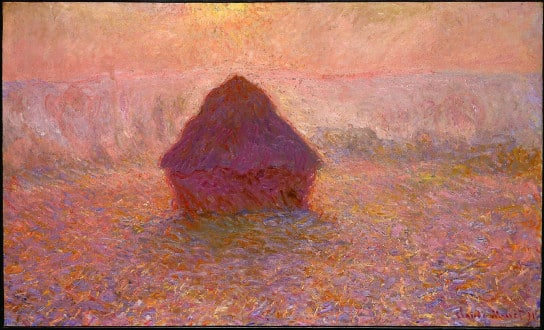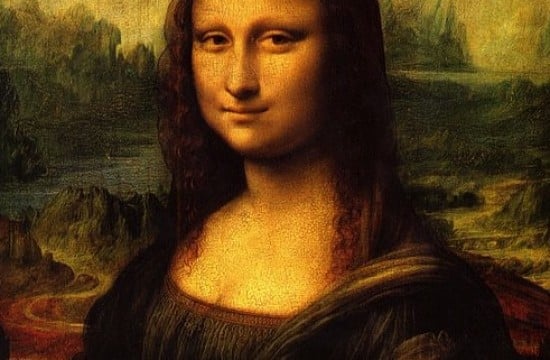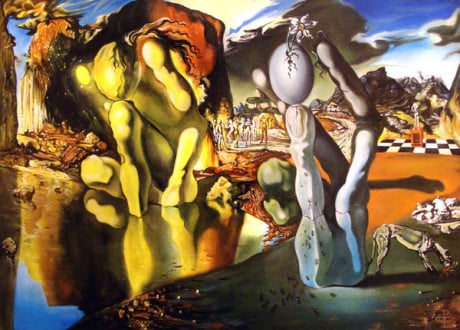Tag Archives: aesthetics of art
Beauty – In the Eye of the Beholder?

Hand in hand a couple looking to be in their 50’s stroll through the art museum. Coming upon an area dedicated to impressionist art they stop and observe a Monet painting “Grainstack, Impression in Pinks and Blues”
“Hmm, Alice, here’s one I just don’t understand.”
Looking first at the example then at her companion, she responds,
“Why Henry, I think it is beautiful.”
It is interesting how differently people discern beauty. It’s as though each of us has an individual eye for it. But, is beauty individually or collectively determined? Let’s see what we can learn.
Why is this important? It certainly can go a long way toward explaining or at least establishing an understanding of our human differences. Such steps, if used wisely can go a long way toward allowing for disagreement while not destroying something far more valuable than a response.
Connecting Aesthetics, Beauty, and Psychology

by Jim Aldrich
Before venturing forth I think it’s important that we are all on the same page as far as what it is we are talking about. For this reason I begin with a section on definitions. No big deal, there are really only three words to concern ourselves with: Psychology, Aesthetics, and Beauty.
Psychology: For our purposes here, let’s keep this simple. According to the Merriam-Webster dictionary psychology is, “the science of mind and behavior” or a means for empirically testing certain processes or theories. Its value lies in being able to point out how the mind functions in certain areas.
Aesthetics: The collection of those factors which, when combined determine the beauty of something or a lack of it.
Beauty:”… a characteristic of a person, animal, place, object, or idea that provides a perceptual experience of pleasure or satisfaction.” (en.wikipedaa.org/wiki/Beauty)
The Question:
So why should you care one iota about this topic? First, you are here for a reason. You probably weren’t web site surfing, there was a reason for your madness. Stick around and you may find that the topic has many applications. For example, it wasn’t until I began studying this topic that it had ever occurred to me to view art as a form of personal and cultural communications. Or the possibility of expanding your appreciation of different art forms.
The question here is this: “How does the science of psychology influence the use of aesthetics in creating a beautiful form of art?”
Psychology of Aesthetics

The world of art remains a mystery to most of us. Unless you’re one of those few who has formally studied it, the closest we come to art appreciation is “I know what I like.” A rationale that works for most of us.
Art is a form of communications. As the Canadian philosopher and prophet of the digital age, Marshall McLuhan wrote several decades ago “The medium is the message.” It is the artist that has a vision or a message waiting to be expressed. The recipient of this message is people like you and me. But, it is the art, in whatever medium it takes on, that is the message.
A tour through the vast catalogues of art show us the breadth and scope of those messages. From a simple red apple sitting among other fruits in a bowl to the panoramic view of Dante’s Inferno there is a message. The level of acceptance achieved by the artist is in direct proportion to their understanding of the psychology of aesthetics. The medium of the message.